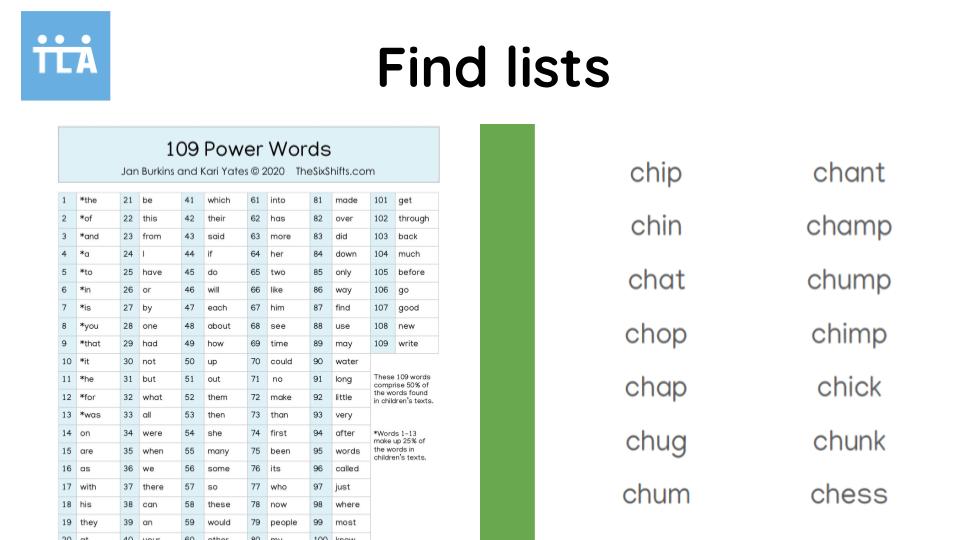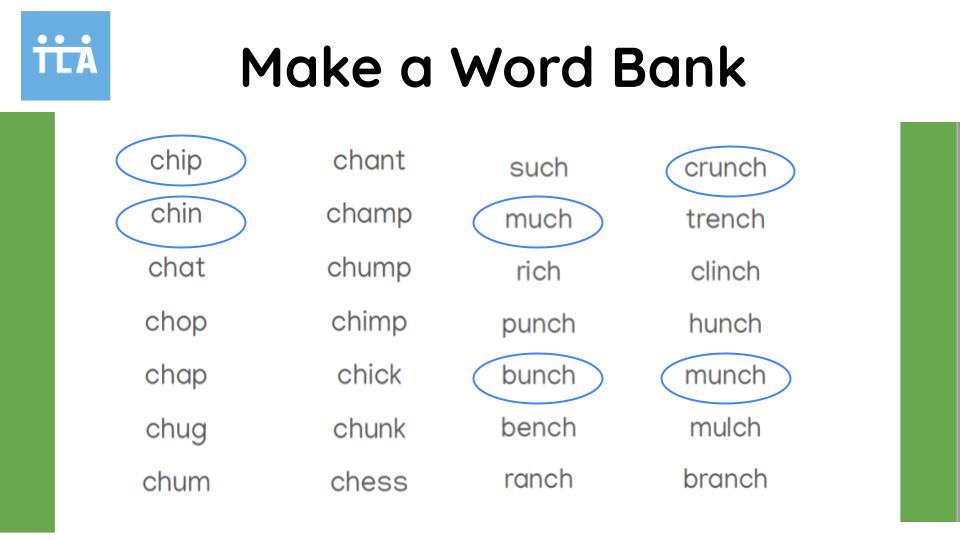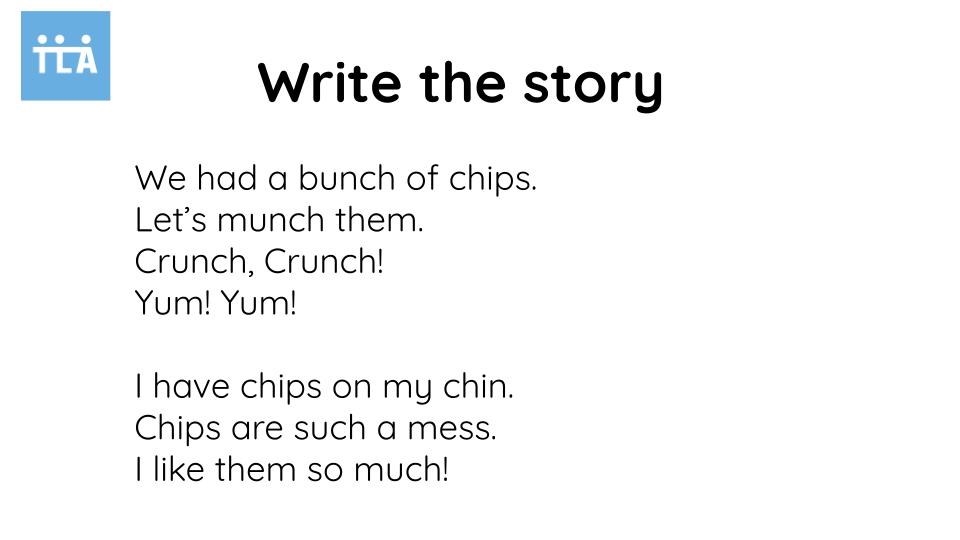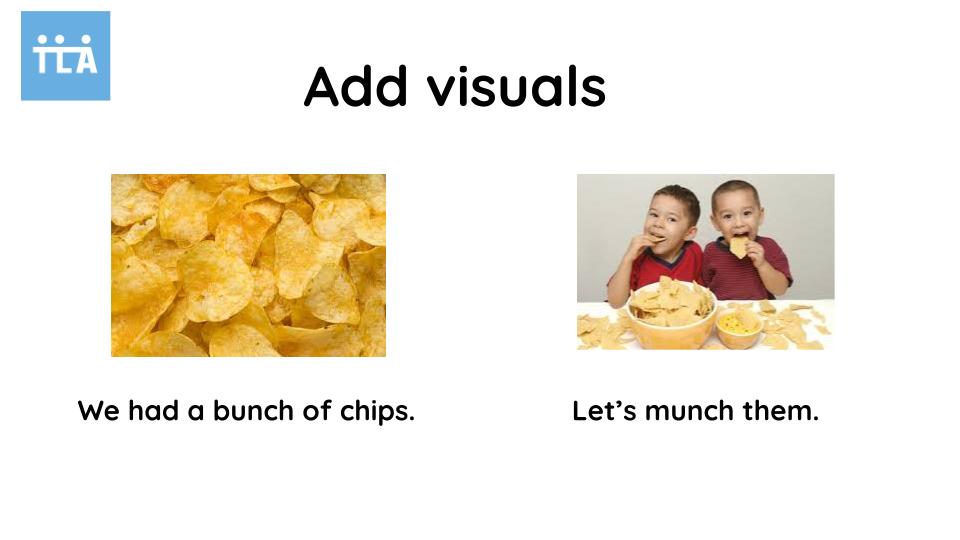This school year, amongst the many goals in a school day, we know teachers are working hard to help accelerate their students in reading. And one of our goals is to provide you with high leverage instructional moves for your classroom and especially your small group instructional time.
There’s a big buzz around decodable readers and how to effectively use them to support students’ application of phonetic principles. We certainly see a role for decodables in instruction and independent reading time and would like to offer a suggestion to empower students as they are working through these skills and texts.
Once you’ve introduced a specific phonics skill, try creating your own decodable readers with a small group of students.
In this short blog, we will answer the following questions:
- Why would you want to write your own?
- When would you use these self-created decodable text?
- How would you write your own?
Why would you want to write your own?
Writing your own decodable text feels like a lot of work when there are a number of free resources out there. Why spend the time and effort writing your own? Well first of all, we hope that this process won’t be done by teachers individually, but rather with students. Giving them ownership over the text they are reading and pride in themselves for what they can write. Second, there are times when you can’t quite find a text with the skills to match the needs of your readers. Creating them with your students ensures that you are matching the skill to the reader. Finally, we do think it can be a fun and funny part of a small group trajectory that is building kids skills towards a specific goal.
When would you use these self-created decodable texts?
As mentioned above, we hope these will be created with students during their small group instructional time. Once created these little books could be copied and printed and given to students to read during their independent reading time. Additionally, teachers could create a book basket in the classroom library with “books we’ve written ourselves” so that other students could use and enjoy them. If the whole class is being taught a particular phonics skill this process could also be used during whole class instruction, shared writing, morning message or otherwise!
How would you write your own decodable text?
Step 1: Choose the phonetic skill
When you are deciding on what to write about you first want to pick the phonetic skill that will ground the text. This skill should be based on your students’ area of need. Are they struggling with cvc words? Then start there, but drill down and see if it’s a specific vowel sound that might be the challenge. For our example we picked the digraph -ch
Step 2: Find a word list!
You don’t need to come up with a list of words just off the top of your head. Use a quick google search or check out this incredible FREE resource from the sixshifts. Remember that you’ll be using high frequency words as well as words with the given phonics skill. So you’ll want to have both lists handy when you start.

Step 3: Create a thematic word bank including HFW
Looking through the word list, see if any of the words go together in a thematic way that might tell a cohesive story. Certainly you could use the words to write a silly story that doesn’t make much sense, but the goal is to have a resource that is authentic and rich in orthographic practice.

Step 4: Write the story & add visuals
This step is where the students in your group can get involved and have fun, but might need some more scaffolding. Simple sentence starters can help get the creative juices flowing, but you’d be amazed at how quickly students will be able to work with you and develop a story. Your story doesn’t have to be a Caldecott winner, but it should make sense and be enjoyable for your kids to read.


We hope this simple example inspires you to give it a try in your classroom. Decodable books can often be dry and lack connection with the reader. This is a great way to have some fun while specifically targeting students reading goals.
Let us know how it goes!
Join Our List and Stay in the Know!
Join our growing list of educators to receive updates on our upcoming events, initiatives and exclusive resources.






